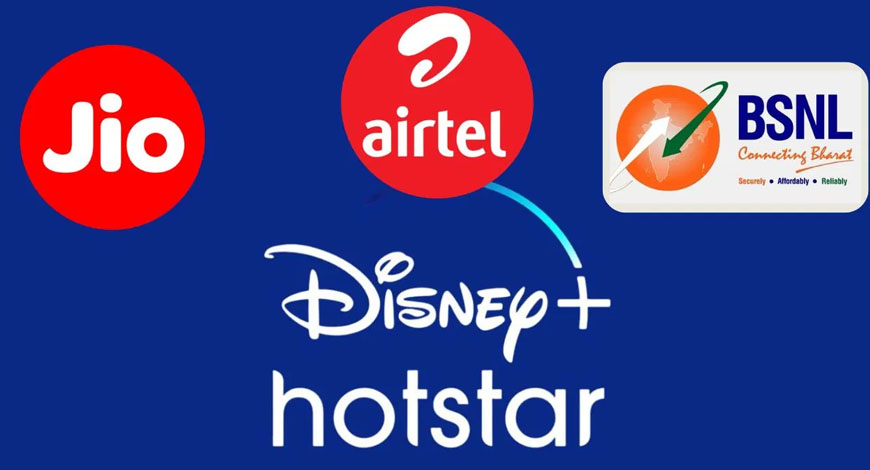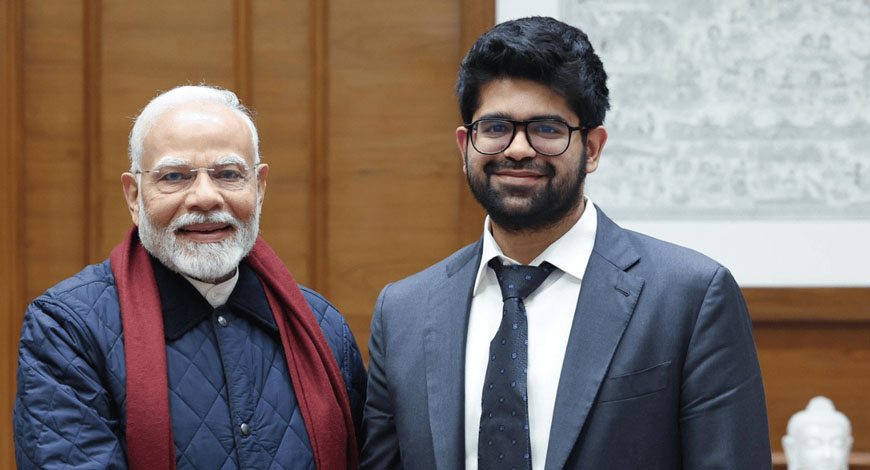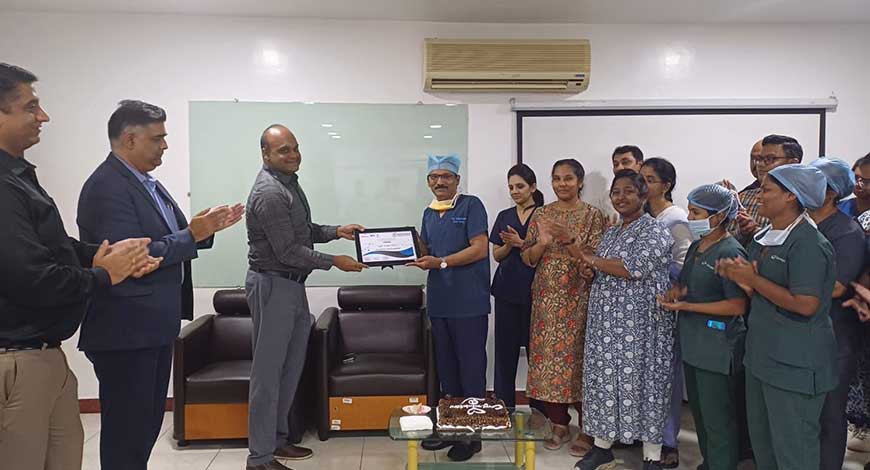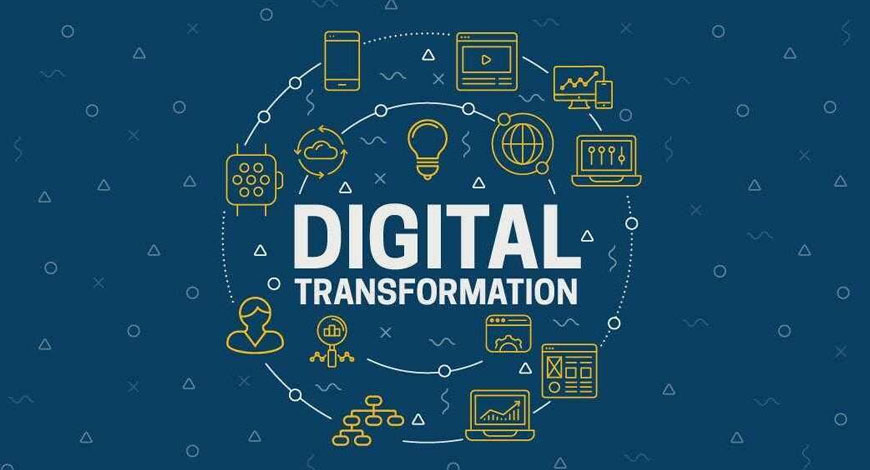The Middle East is undergoing a significant transformation in healthcare, driven by the adoption of Electronic Health Records (EHR), population health management tools, and AI technologies. Governments in the UAE, Saudi Arabia, Qatar, and Oman are leading these digital healthcare initiatives, driven by national frameworks such as Vision 2021, Vision 2030, and Health Vision 2050. However, despite these ambitious goals, the region faces ongoing challenges, such as issues with interoperability, data standardization, and workforce readiness, which need to be addressed to fully realize the potential of these emerging technologies.
Across the GCC (Gulf Cooperation Council, a political and economic alliance of six countries in the Arabian Gulf region), over 75% of public healthcare facilities have implemented EHR systems, providing the foundation for broader digital transformation. These systems are being enhanced with advanced analytics, decision support tools, and predictive care models to drive population health insights. One of the key focuses of these developments is improving interoperability – creating unified health information exchanges (HIEs) that facilitate data sharing between the public and private sectors. Furthermore, cloud-based EHR platforms are being used to improve scalability and operational efficiency, particularly benefiting smaller healthcare systems in countries such as Qatar and Bahrain.
As the healthcare IT market in the Middle East is projected to grow at a CAGR of 9.2%, reaching $7.9 billion by 2028, several key trends are driving this growth.
These trends include:
Population health management: Advanced analytics platforms are enabling healthcare systems to aggregate large datasets, identify emerging trends, and predict risks for proactive disease management. In Qatar, the Ministry of Public Health is utilizing population health management tools to monitor chronic diseases and improve care coordination across the country, aligning with the Qatar National Health Strategy (NHS).
Clinical decision support: Integrated systems are providing real-time, evidence-based recommendations at the point of care, improving diagnostic accuracy and treatment outcomes. In the UAE, Cleveland Clinic Abu Dhabi uses Epic Systems’ decision support tools to enhance clinical workflows and provide real-time, evidence-based recommendations, improving diagnostic accuracy and patient outcomes.
AI-powered predictive analytics: Machine learning models are optimizing resource allocation, identifying patient risks, and personalizing care pathways, with a particular impact on chronic disease management. In Saudi Arabia, the Ministry of Health is integrating AI-powered analytics into its national health system to predict and manage the spread of chronic diseases, contributing to the goals of Saudi Vision 2030.
Blockchain for data security: Piloted in countries like Oman and the UAE, blockchain technology is being explored to ensure secure health information exchanges and robust data privacy. In Oman, blockchain technology is being tested to enhance healthcare data security, addressing privacy concerns in health information exchanges as part of the National Health Information System (NHIS).
Telehealth and EHR Integration: With the rise of telemedicine, seamless integration between telehealth platforms and EHR systems is expanding access to care and enabling remote monitoring and virtual consultations. Bahrain is integrating telemedicine services with its EHR systems to support virtual consultations and remote monitoring, improving access to healthcare in underserved areas.
Top vendors in the Middle East
Key players in the region’s healthcare digitalization include Epic Systems and Oracle Health, both of which are at the forefront of shaping the healthcare IT landscape. Epic Systems has earned high marks for its functionality, user-friendly interface, and seamless integration with advanced analytics platforms. Notably, Cleveland Clinic Abu Dhabi uses Epic’s systems to enhance care delivery, while Saudi Arabia’s Ministry of Health partners with InterSystems TrakCare to unify its health information systems. Oracle Health also plays a significant role, particularly in national health information systems such as Oman’s Ministry of Health platform. Oracle’s solutions are praised for their scalability and robust data security features, improving patient care efficiency and data integration across large-scale implementations. Hamad Medical Corporation in Qatar uses Oracle Health to manage chronic disease programs and monitor population health metrics.
Multinational EHR vendors need to consider the following regulations and frameworks as they expand their presence in the Middle East:
UAE: The Health Data Law governs the collection, storage, and sharing of patient data, and vendors must ensure compliance with stringent data protection standards. Additionally, Dubai Health Authority (DHA) mandates the adoption of EHR systems across healthcare facilities, with specific guidelines for integration with the city’s Health Information Exchange (HIE). The UAE’s focus on AI and data-driven healthcare initiatives also means that EHR vendors must align with these priorities.
Saudi Arabia: The country is rolling out the National Health Information Exchange (NHIE) to improve data sharing and integration. Vendors must ensure their platforms meet interoperability standards set by the NHIE. In alignment with Saudi Vision 2030, EHR vendors must also consider the country’s broader goals of making healthcare more accessible and efficient.
Qatar: As part of its National Health Strategy (NHS), Qatar is prioritizing digital health technologies, and EHR vendors must align with the standards set by the Supreme Council of Health (SCH). The country also emphasizes telemedicine integration, so vendors should ensure their platforms are capable of supporting remote monitoring and telehealth services.
Oman: Oman’s National Health Information System (NHIS) is based on Oracle Health’s platform, which provides the framework for health data integration across the country. Vendors entering the Omani market must ensure their systems are compatible with the existing infrastructure. Additionally, Oman is piloting blockchain technology to secure healthcare data, so incorporating blockchain into EHR and population health solutions will be crucial.
Bahrain: Vendors must adhere to the National Health Regulatory Authority (NHRA) guidelines, which govern healthcare data privacy. Bahrain is also working on national health data exchange initiatives, so vendors should focus on enabling interoperability and seamless integration with the country’s health networks.
Key challenges for multinational EHR vendors
Multinational vendors deploying EHR systems in the Middle East must address several key considerations. Compliance with regional data security and privacy laws, such as the Health Data Law in the UAE and NHIE in Saudi Arabia, is essential to ensure patient data remains secure. EHR systems must also be interoperable with national health information exchanges, particularly in countries like Saudi Arabia and Qatar, to enable seamless data sharing. With governments promoting AI-driven analytics for population health management, vendors should ensure their platforms are equipped with advanced AI tools that support these initiatives. Additionally, EHR systems must be adaptable to local languages and cultural needs, offering Arabic interfaces and aligning with each country’s healthcare goals. Finally, as the region transitions to more data-centric models, vendors offering user-friendly systems and comprehensive training will be critical to overcoming workforce readiness challenges.
“The Middle East is primed for a digital health revolution, with strong demand for AI-powered analytics, EHR systems, and population health tools,” said Doug Brown, President of Black Book. “Vendors who navigate local regulations, ensure data security, and adapt to regional digital health strategies will be key drivers in transforming healthcare across the region, despite challenges in workforce readiness and interoperability.” Black Book Research









